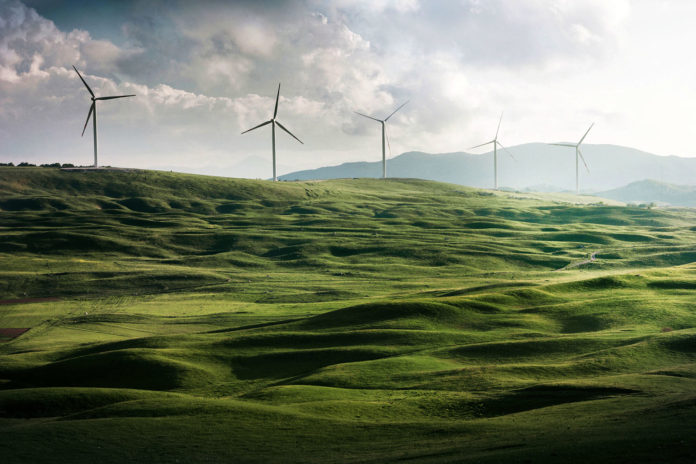Australia has abundant wind and solar resources to provide large quantities of cost-competitive green hydrogen – not only for reducing GHG emissions in its own economy but also for export. However, the Sunburnt Country does have a dearth of one ingredient in the green hydrogen equation – freshwater.
Thankfully, researchers from Monash University and a group of national water utility companies are joining forces to find ways in which wastewater can be used to produce green hydrogen even more sustainably. The project will be working closely with national water utility companies Southeast Water, Melbourne Water, Yarra Valley Water, and Water Corporation through Water Research Australia (WaterRA).
Hydrogen production is a clean energy source that has a diverse range of applications and can play a significant role at places where direct electrifications fail to excel. It can be used either as fuel for transport or heating, as a way to store electricity, or as a raw material in industrial processes.
Hydrogen can be produced in a number of ways. One method includes using electrolysis – a promising option for carbon-free hydrogen production from renewable and nuclear resources. The process uses electricity to split water into hydrogen and oxygen. However, hydrogen production requires – in addition to abundant renewable energy – a consistent water supply to produce scalable and sustainable energy for commercial use. And, as many Australians are well aware, water is not always a resource Australia has an abundance of, so utilizing wastewater could be a great solution.
According to the Sustainable Hydrogen Production from Used Water (SHPUS) project, at least 5.5 billion liters of water is needed annually to achieve the hydrogen production target proposed in Australia’s National Hydrogen Strategy for the estimated 2030 export market. This is equivalent to the annual water consumption of 1.6 million people.
Water Research Australia said the project aims to address the challenge of water scarcity in the process of hydrogen production by developing an innovative approach that repurposes wastewater as the feed for hydrogen production through water electrolysis. Researchers believe more than enough wastewater is generated by Australia’s major cities that freshwater consumption can be minimized.
“The amount of wastewater currently available for use is far more than the amount of water required in water electrolysis for hydrogen production,” said Xiwang Zhang, a chemical engineering professor at Monash University. “Most of the treated water throughout Australia is currently discharged to surrounding water bodies or recycled for irrigation after being treated in centralized municipal wastewater treatment plants. Given the volume of the treated water from these plants is highly consistent, it is a promising water source for water electrolysis.“
Dr. Arash Zamyadi from WaterRA says although the majority of pollutants in wastewater have been effectively removed in the current wastewater treatment processes, small amounts of impurities (residual organics and ions) remain.
“There still remains a knowledge gap in how the impurities affect water electrolyzer design and process operation. Through this research, we hope to develop an in-depth understanding of the impacts of water impurities in used water on the performance and durability of water electrolyzers and subsequently develop guidelines for the design of highly durable water electrolyzers and the operation and upgrade of existing wastewater treatment plants,” said Dr. Zamyadi.
With demand for green hydrogen exported from Australia alone tipped to be over 3 million tonnes each year by 2040, resulting in up to $10 billion each year for the Australian economy.
